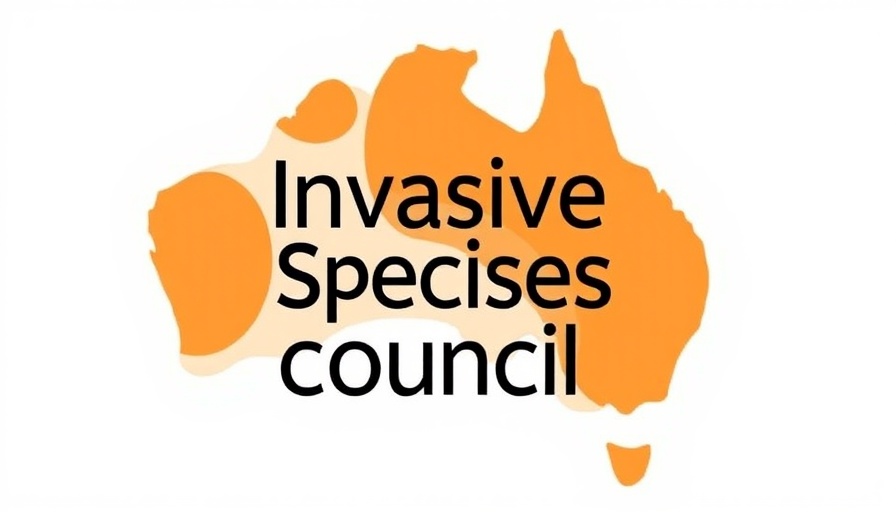
Drastic Population Decline of Feral Horses in Kosciuszko National Park: What It Means
In an encouraging development for Australia's unique alpine ecosystems, the recent announcement by NSW Environment Minister Penny Sharpe revealed a significant decrease in feral horse populations in Kosciuszko National Park. During the NSW Budget Estimates meeting held on March 3, 2025, preliminary estimates indicated that the number of feral horses has dropped to between 3,000 and 4,000, a substantial decline from approximately 17,000 just two years prior. This dramatic reduction marks a pivotal moment in conservation efforts for the park's native wildlife and natural heritage.
The Urgency of Feral Horse Management
The drastic drop in horse numbers reflects the commitment of the Minns Government to address the ecological crisis caused by feral horses, which have long been recognized as a significant threat to the fragile alpine ecosystems of Kosciuszko. Aerial shooting programs, which have been applied humanely and effectively by national parks staff, are central to this strategy. Jack Gough, Interim CEO of the Invasive Species Council, emphasized the necessity of continuing control programs to ensure compliance with the management plan targeting a population of no more than 3,000 horses by June 2027. However, with natural population growth rates estimated at 18% per year, this ambitious target requires ongoing and robust management efforts.
Understanding the Environmental Impact
The ecological ramifications of unchecked feral horse populations are profound. These horses trample and graze significant amounts of vegetation, erode waterways, and compromise the habitats of native species like the endangered Corroboree frog and stocky galaxias fish. Scientific research has reinforced the urgent need for effective management of feral horses—declaring their presence a key threatening process under the NSW Biodiversity Conservation Act 2016. The balance of preserving cultural heritage through wild horse populations while safeguarding unique ecosystems presents a complex challenge for policymakers.
Political Landscape and Future Directions
As highlighted by recent parliamentary inquiries, there is bipartisan support across varied political lines, including both major parties, the Greens, and independent members, for sensible ecological management practices in Kosciuszko National Park. Sharpe urged a unified front in prioritizing science over sentiment, suggesting that laws enacted under former leadership, such as the Wild Horse Heritage Act 2018, inhibit effective management. The continued protection of feral horses in certain areas further complicates the possibility of sustainable ecological restoration.
Insights from Recent Management Practices
According to recent community advisory panel discussions, effective herd management, and public outreach are crucial components of the ongoing initiatives. Despite challenges in rehoming and fertility control methods—often questioned for their efficacy—the introduction of aerial shooting as a control method may enhance population regulation. Observations reveal that standard animal welfare protocols are strictly adhered to during these operations, aimed at minimizing suffering while addressing a significant ecological threat.
Conclusion: The Path Forward for Kosciuszko
As we move forward, it is essential for stakeholders to unite in their commitment to ecological preservation. The healing of Kosciuszko National Park's landscapes can only progress if management strategies continue to evolve based on sound scientific evidence and community input. While grappling with the legacy of past legislation, it is vital to focus on the greater good—protecting Australia's unique wildlife and ensuring the integrity of its precious natural habitats.
The path taken by the Minns Government signifies hope for the preservation of these ecosystems. Ongoing dialogue and responsible action will be key as communities rally to support and implement effective measures to mitigate further damage and restore balance in Kosciuszko National Park's breathtaking alpine environment.
 Add Row
Add Row  Add
Add 






Write A Comment